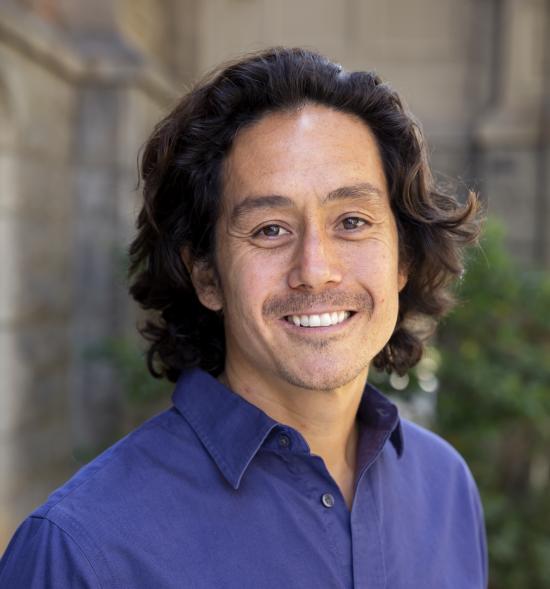From Nature
Can AI help beat poverty? Researchers test ways to aid the poorest people
By Carrie Arnold
Beginning in late 2020, with the COVID-19 pandemic in full swing, the mobile phones of tens of thousands of impoverished villagers in Togo pinged with good news. Their money was ready. With the help of artificial intelligence (AI), these villagers in the narrow strip of land in West Africa had been approved to receive around US$10 every two weeks, delivered directly to their mobile money accounts. Although that might not sound like much, it could keep people from going hungry.
Conventional poverty-relief projects rely on data gathered through in-person surveys — which were not possible during the pandemic. But Togo’s effort, dubbed Novissi, which means ‘solidarity’ in the local Éwé language, incorporated AI to determine who should receive aid. The project, led by Cina Lawson, the Togo Minister of Digital Economy and Transformation, along with scientists from the University of California, Berkeley, and the non-governmental organization (NGO) GiveDirectly, analysed satellite images and data from mobile-phone networks to estimate the wealth of particular regions and individuals1. “We needed a surgical approach,” says Lawson. It was an important moment for the use of AI in anti-poverty work, she says...
AI allowed Lawson to leapfrog the conventional hurdles of using old and incomplete data to quickly make the most of her limited budget. It’s an approach that is garnering both interest and controversy, says Joshua Blumenstock, a computer scientist at University of California, Berkeley, who collaborated on Novissi...
Joshua Blumenstock is an Assistant Professor at the UC Berkeley School of Information. His research lies at the intersection of machine learning and empirical economics.










